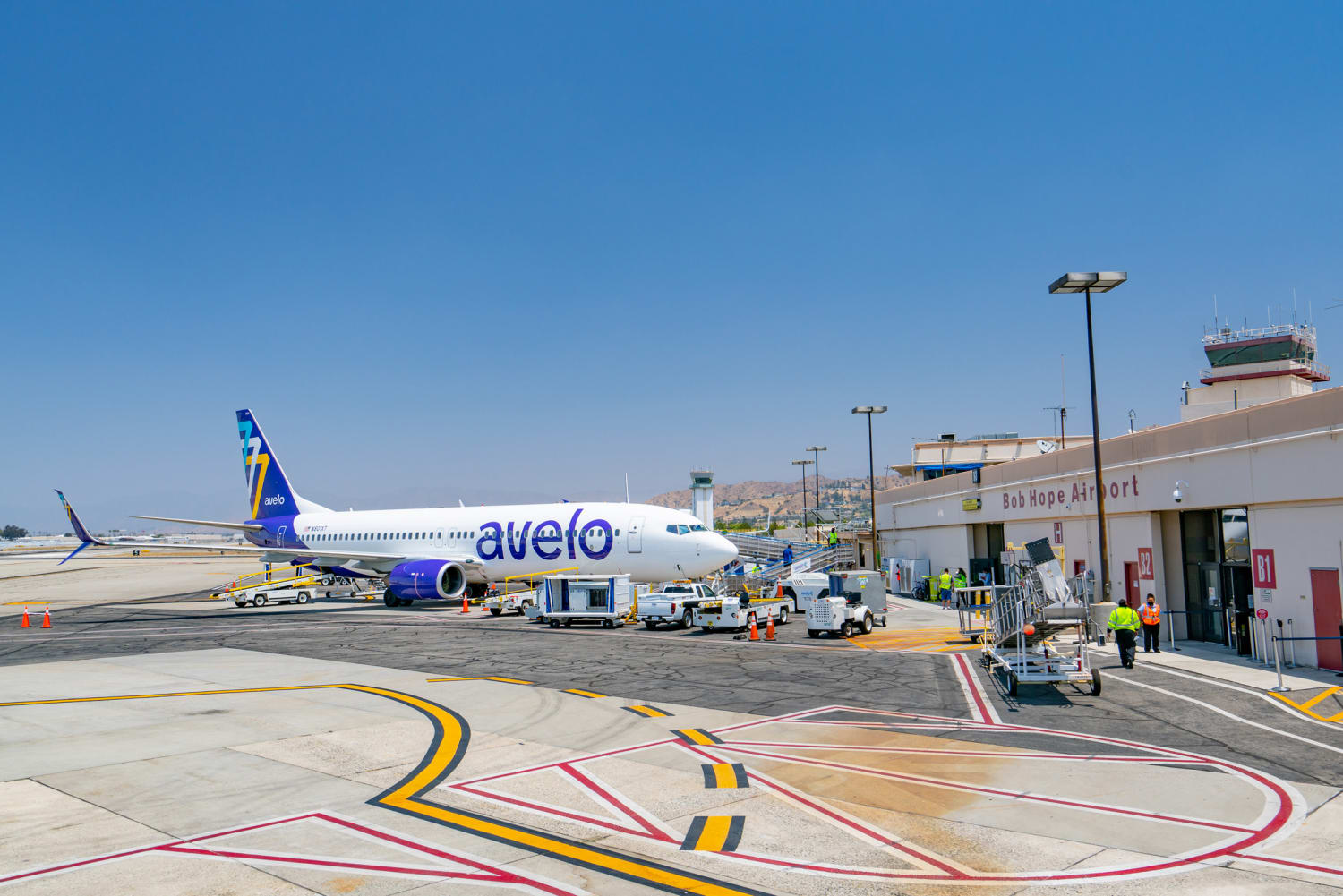
How do airports handle the constant need for expansion and modernization? Airports manage this by investing in infrastructure development. This involves upgrading runways, expanding terminals, and integrating advanced technology. These improvements ensure safety, efficiency, and passenger comfort. Infrastructure development also includes enhancing cargo facilities and ground transportation links. Airports must balance growth with environmental concerns, often incorporating sustainable practices. Funding comes from various sources like government grants, private investments, and passenger fees. By continuously evolving, airports can meet increasing travel demands and support economic growth. Understanding these efforts reveals the complexity behind keeping airports functional and future-ready.
Key Takeaways:
- Airport infrastructure has evolved to include runways, terminals, and advanced technologies like biometric security and automated check-in kiosks, all aimed at improving efficiency and passenger experience.
- Airports also focus on sustainability, with green building certifications, renewable energy sources, and water conservation efforts, contributing to a more environmentally friendly travel experience.
The Evolution of Airport Infrastructure
Airport infrastructure has come a long way from simple airstrips to complex hubs of transportation. This transformation involves numerous elements that ensure efficiency, safety, and comfort for travelers.
-
Runways and Taxiways: Modern airports feature multiple runways and taxiways to handle high traffic volumes. These pathways are meticulously designed to accommodate various aircraft sizes and weights.
-
Terminal Buildings: Terminals are the heart of any airport. They house check-in counters, security checkpoints, baggage claim areas, and boarding gates. Advanced terminals also include amenities like lounges, restaurants, and retail shops.
Technological Advancements in Airports
Technology plays a crucial role in the development and operation of airports. From security systems to passenger services, tech innovations enhance the overall airport experience.
-
Automated Check-in Kiosks: These kiosks reduce wait times and streamline the check-in process. Passengers can print boarding passes and check luggage without human assistance.
-
Biometric Security Systems: Airports are increasingly adopting biometric systems for security checks. Facial recognition and fingerprint scanning improve security while speeding up the process.
-
Baggage Handling Systems: Automated baggage handling systems ensure that luggage is efficiently sorted and delivered to the correct destination. These systems minimize the risk of lost or delayed baggage.
Environmental Considerations in Airport Design
Airports are significant contributors to environmental impact. Modern designs aim to reduce this footprint through various sustainable practices.
-
Green Building Certifications: Many new airport terminals are built to meet green building standards like LEED. These certifications ensure energy efficiency and sustainable construction practices.
-
Renewable Energy Sources: Some airports utilize renewable energy sources such as solar panels and wind turbines. This reduces reliance on fossil fuels and lowers carbon emissions.
-
Water Conservation: Airports implement water-saving technologies like low-flow fixtures and rainwater harvesting systems. These measures help conserve water and reduce utility costs.
Passenger Experience Enhancements
Improving passenger experience is a key focus in airport infrastructure development. Comfort, convenience, and accessibility are prioritized to make travel more enjoyable.
-
Wi-Fi and Charging Stations: Free Wi-Fi and ample charging stations are now standard in most airports. These amenities keep travelers connected and their devices powered.
-
Accessible Facilities: Airports are designed to be accessible to all passengers, including those with disabilities. Features like ramps, elevators, and accessible restrooms ensure everyone can navigate the airport with ease.
-
Entertainment Options: Modern airports offer various entertainment options, including movie theaters, gaming zones, and art installations. These features help passengers pass the time during layovers.
Economic Impact of Airports
Airports are not just transportation hubs; they are also significant economic drivers. They create jobs, stimulate local economies, and contribute to global trade.
-
Job Creation: Airports generate thousands of jobs, from airline staff to retail workers. These employment opportunities support local communities and economies.
-
Tourism Boost: Airports facilitate tourism by providing easy access to destinations. Increased tourism leads to higher revenue for local businesses and attractions.
-
Cargo Transport: Airports play a crucial role in global trade by handling cargo shipments. Efficient cargo facilities ensure that goods are transported quickly and safely.
Future Trends in Airport Infrastructure
The future of airport infrastructure looks promising, with innovations aimed at further improving efficiency, sustainability, and passenger experience.
- Smart Airports: The concept of smart airports involves integrating advanced technologies like IoT, AI, and big data. These technologies optimize operations, enhance security, and provide personalized services to passengers.
The Future of Airport Infrastructure
Airport infrastructure development is crucial for global connectivity. Modern airports aren't just travel hubs; they're complex ecosystems supporting millions of passengers yearly. From advanced security systems to sustainable practices, airports are evolving rapidly. Innovations like biometric check-ins, automated baggage handling, and green technologies are setting new standards.
Investing in infrastructure ensures smoother operations, enhanced passenger experiences, and economic growth. As air travel demand rises, airports must adapt to accommodate larger volumes efficiently. This means continuous upgrades, smart technologies, and sustainable solutions.
Understanding these facts helps appreciate the intricate planning and resources behind every flight. Next time you travel, remember the immense effort that goes into making your journey seamless. Airports are more than just gateways; they're marvels of modern engineering and logistics. Stay curious, and keep exploring the fascinating world of airport infrastructure.
Frequently Asked Questions
Was this page helpful?
Our commitment to delivering trustworthy and engaging content is at the heart of what we do. Each fact on our site is contributed by real users like you, bringing a wealth of diverse insights and information. To ensure the highest standards of accuracy and reliability, our dedicated editors meticulously review each submission. This process guarantees that the facts we share are not only fascinating but also credible. Trust in our commitment to quality and authenticity as you explore and learn with us.


